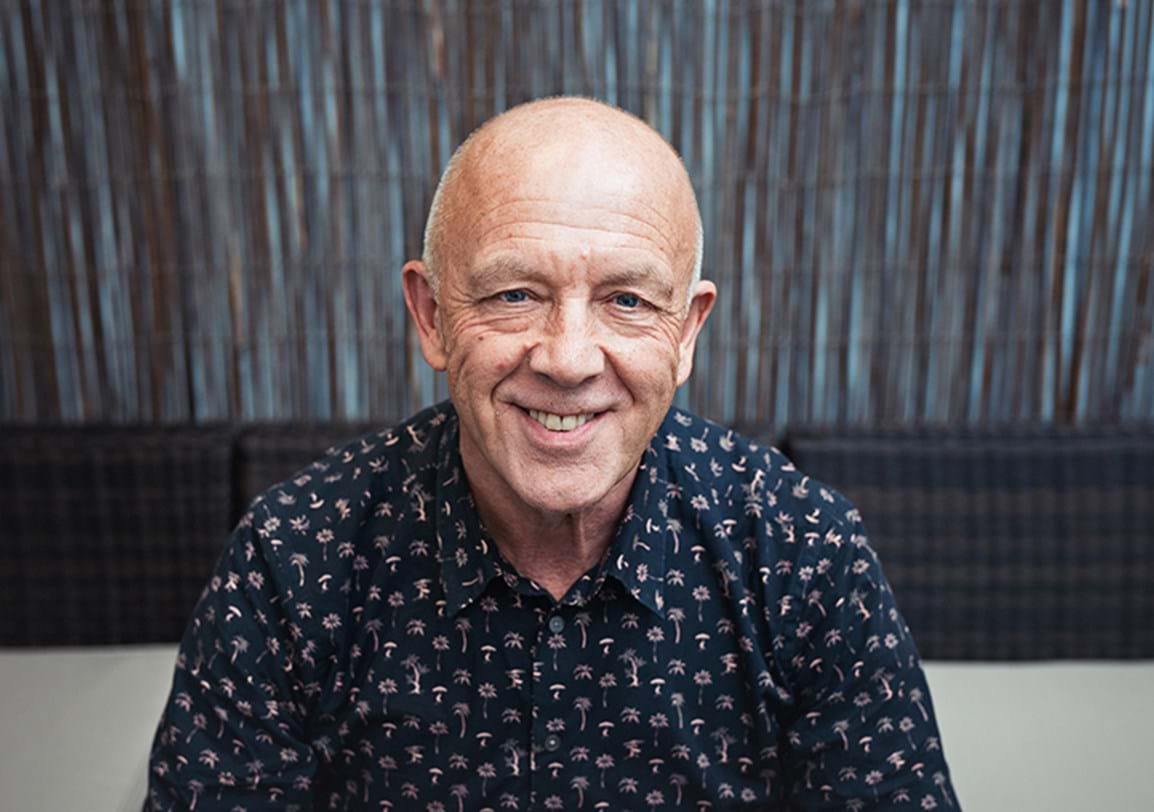
Tips for helping children stay safe online
Tips for helping children stay safe online.

Published: Fri 19 Jan 2018
In the past 20 years the prevailing mood among policy makers, reflecting on the internet, has gone from utopian to dystopian. Concerns about illegal activities and behaviour are driving a debate about policy and regulation. However very few practical solutions are being proposed – too often there is a general call for the big tech companies to do “something”, without any clarity as to what exactly they should do.
Fear of digital technology is growing, some of it well founded, some less so. Fear of new technology – technophobia - is not new nor is it unique to the internet. Opponents of the US postal service claimed it would encourage immorality by allowing the private delivery of birth control materials. Opponents of photography said it would ruin visual art, opponents of film said it would encourage loose sexual morals. History teaches us the importance of a balanced approach to challenges we face, including how we adjust to and manage emerging technologies.
It should be obvious that the internet and associated digital technologies are overwhelmingly beneficial, in fact they are essential. Services such as health, education, transport and utilities depend upon it. Modern business depends upon digital technology. Online banking and shopping are flourishing. New businesses have sprung into existence and now dominate the FTSE 500. Maintaining an open global internet architecture is key to sustaining a beneficial internet. In turn this also means respecting users’ privacy and ensuring adequate encryption. No one would want to use an online banking system with a built in “back door”.
But we cannot close our eyes to the challenges facing the global internet. In 1968 an evolutionary biologist, Garret Hardin, published an essay in the journal Science called "The Tragedy of the Commons," a theory highlighting the problems of overpopulation. Since then the term has been used to describe any situation where individual users acting out of self-interest undermine the common good of all users by abusing the commons through their cumulative actions. It is a fair summary of the challenge on an open interconnected internet where terrorists, child abusers, misogynists, racists and criminals can flourish and threaten the integrity of the internet “commons”.
The traditional response of governments to the tragedy of the commons has been to fence it off – which in the internet world would be equivalent to establishing 190 or more separate legal jurisdictions and 190+ internets, which would end the internet as we know it. Can we preserve the open character of the internet without it becoming walled off national property? Is there a way of regulating content that recognises the uniqueness of the internet compared to offline communications?
There are two obvious differences between the online and offline worlds – the sheer volume of content published every second, (for example one hour of content uploaded onto YouTube every second) and the vast range of globally distributed providers. This makes the notion that we can construct a conventional national offline legal regulatory process to manage harmful content nonsense. It would amount to either closing the internet or doing nothing about such harmful content.
For 20 years the Internet Watch Foundation (IWF) has been working with industry to take down illegal images of child sexual abuse online. The lessons of the IWF – developed over time, learning as we go, including from our mistakes, have helped us identify the basic principles that could shape an approach to content regulation online. There are five key lessons.
There is no perfect solution to regulating the internet while ensuring the free flow of information, ideas and opinions and protecting the human rights of users. But it is time to bring the aspiration to deal with bad content down to some practical ideas. The experience of the IWF is a valuable starting point for such a discussion.

Tips for helping children stay safe online.